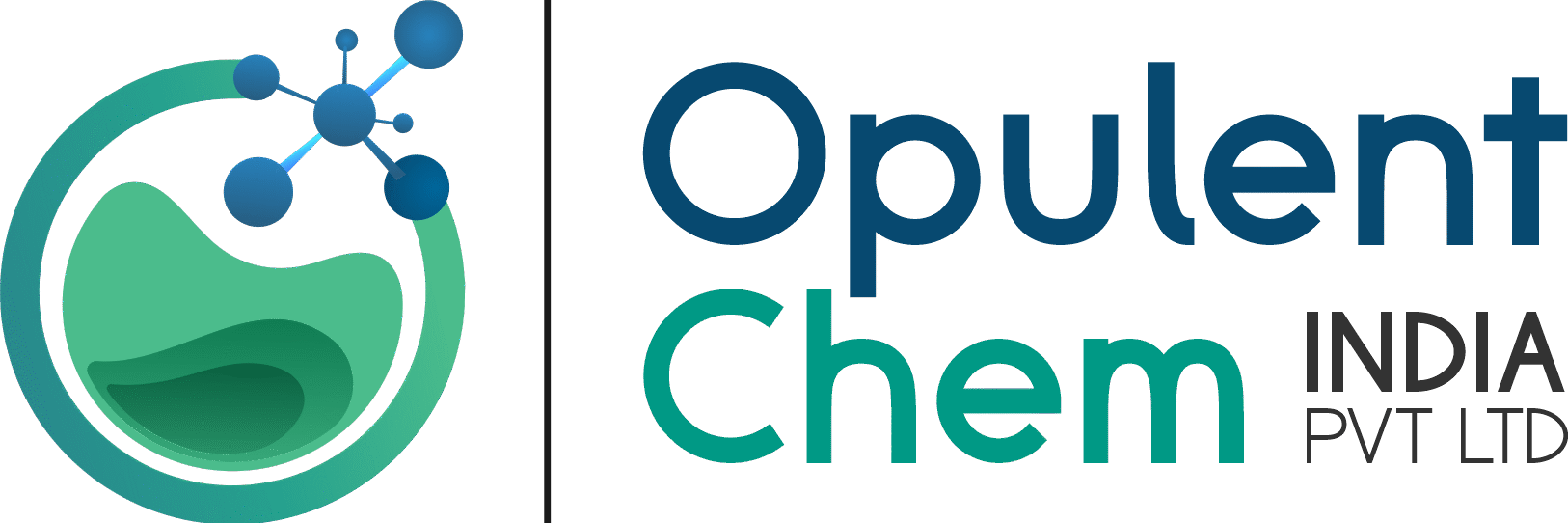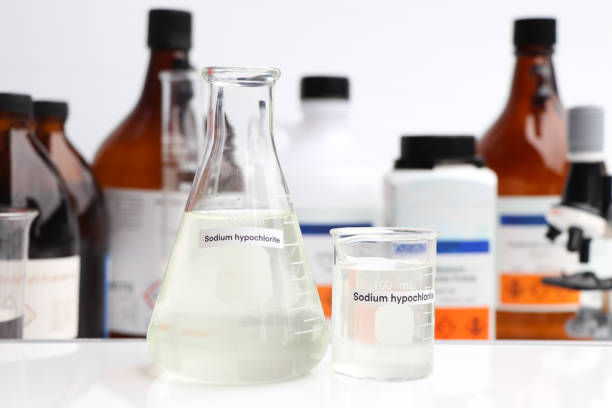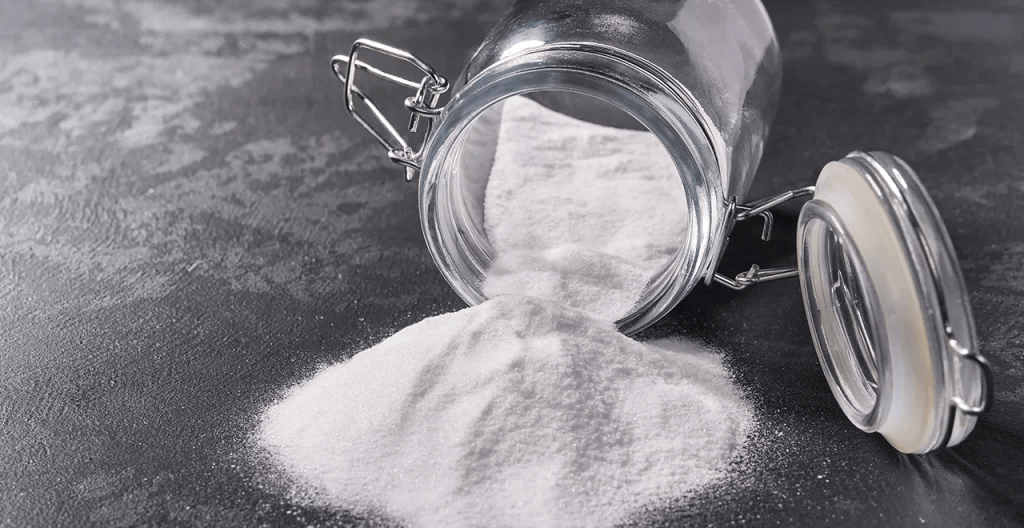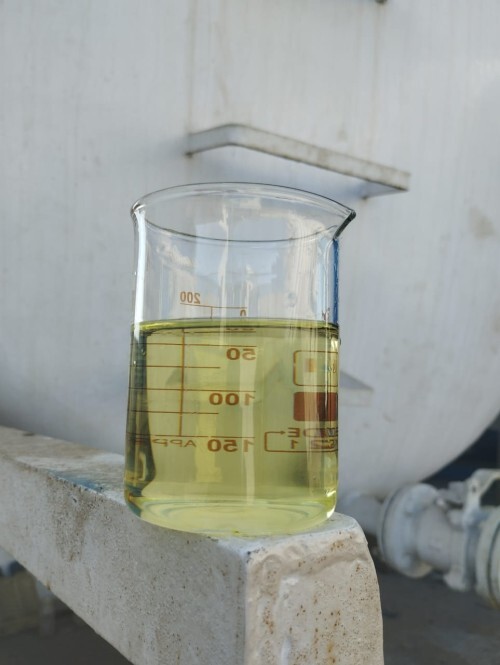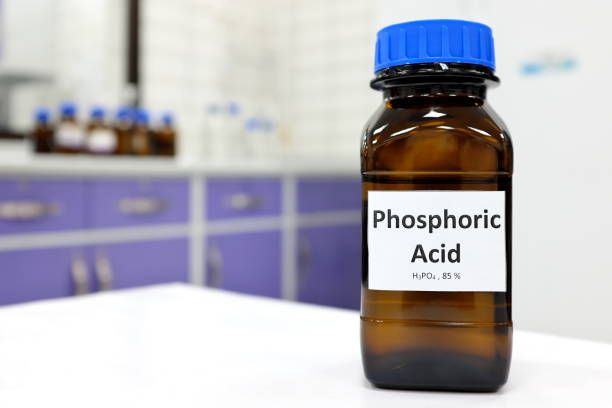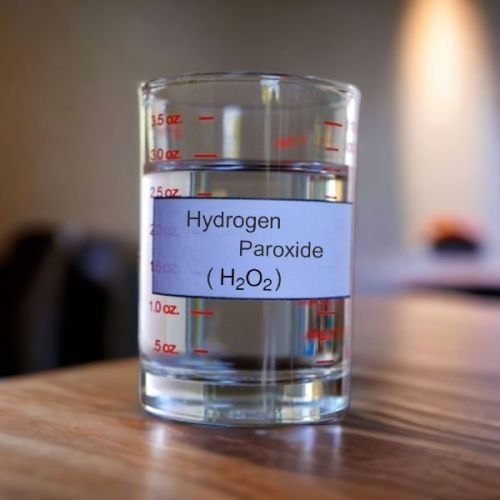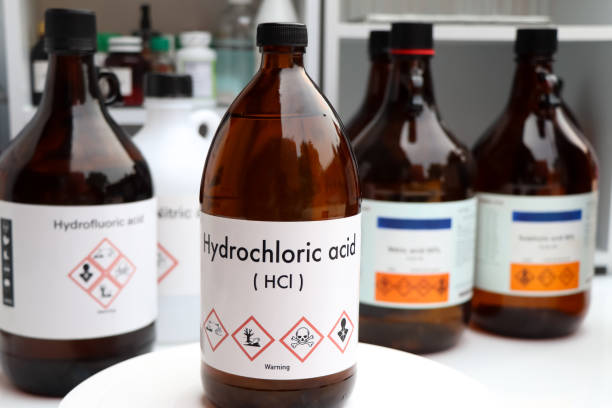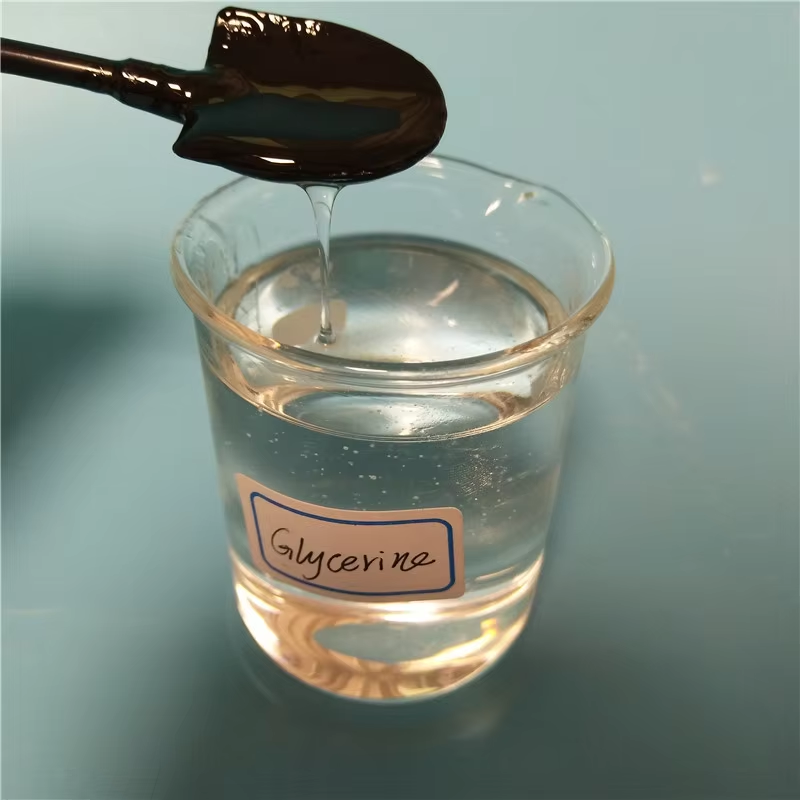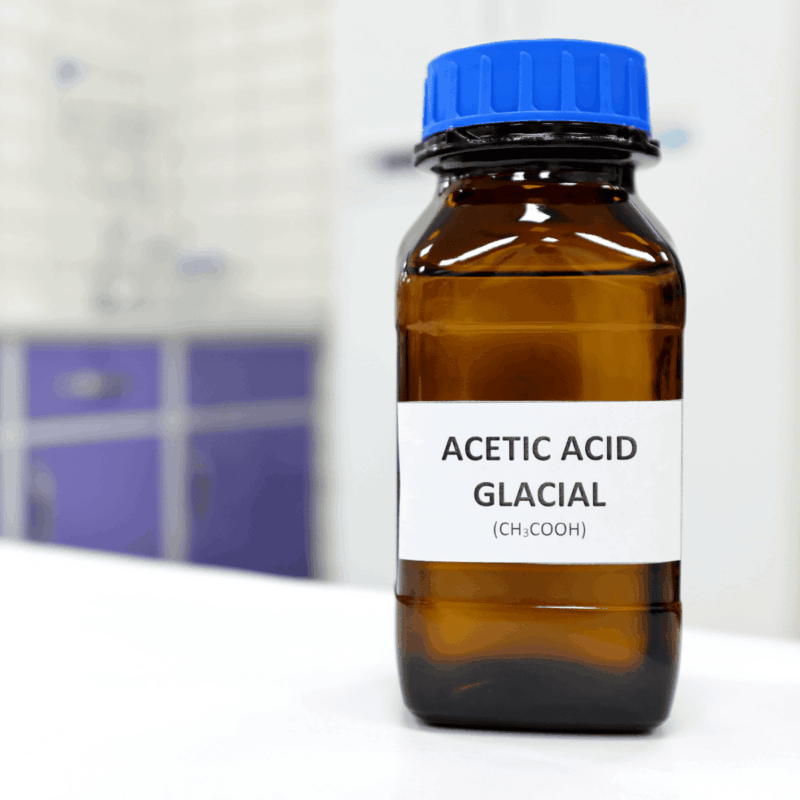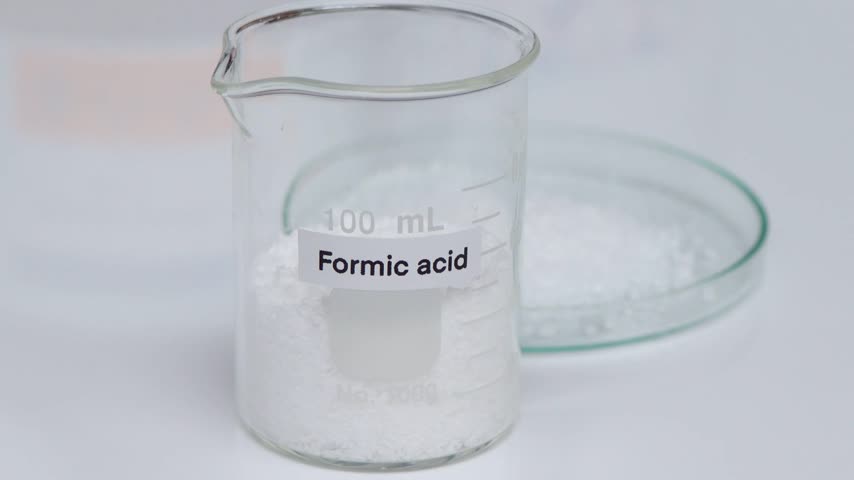Sodium Hypochlorite Solution (NaOCl)
Sodium Hypochlorite Solution Sodium Hypochlorite 10-12% Solution is a liquid chemical solution with strong disinfecting and bleaching properties. Commonly used as a disinfectant and cleaning agent in household and industrial settings. Applied in water treatment for the disinfection of drinking water and swimming pools. Utilized in the textile industry for bleaching and disinfecting fabrics. Plays a role in the food industry for surface sanitation. Synonyms Liquid Bleach ; Chlorine Bleach ; Javel Water ; Antiformin ; Hypo ; Sodium Oxychloride ; Disinfectant Bleach Solution Formula NaOCl CAS No 7681-52-9 HS Code 28289019 Industries We Serve Water Treatment Healthcare and Sanitation Food and Beverage Industry Textile Industry Pulp and Paper Industry Cleaning Products Agriculture Industry Laboratories Applications Widely used for disinfection of drinking water and wastewater treatment. Helps in swimming pool sanitation by killing bacteria, viruses, and algae. Used for odor control in water treatment plants. Active ingredient in liquid bleach for laundry whitening and stain removal. Water treatment used in food industry. Disinfects bathrooms, kitchens, and hospital surfaces. Effective against a broad range of microorganisms including fungi, bacteria, and viruses. Approved (in controlled concentrations) for sanitizing food processing equipment. Applied in hospitals for disinfecting medical equipment, floors, and surfaces. Used as an irrigant and disinfectant in dentistry (especially root canal treatments). Acts as a surface sterilant in pharmaceutical manufacturing. Employed as a bleaching agent for textiles and pulp & paper. Removes stains and brightens fabrics during textile processing. Used for disinfection of irrigation water and washing of agricultural tools. Helps in preventing the spread of plant pathogens. Component in some detergents and cleaning formulations. Used in odor removal (e.g., from sewage, garbage, or industrial effluents). Applied in oil & gas industry for drilling mud treatment.
